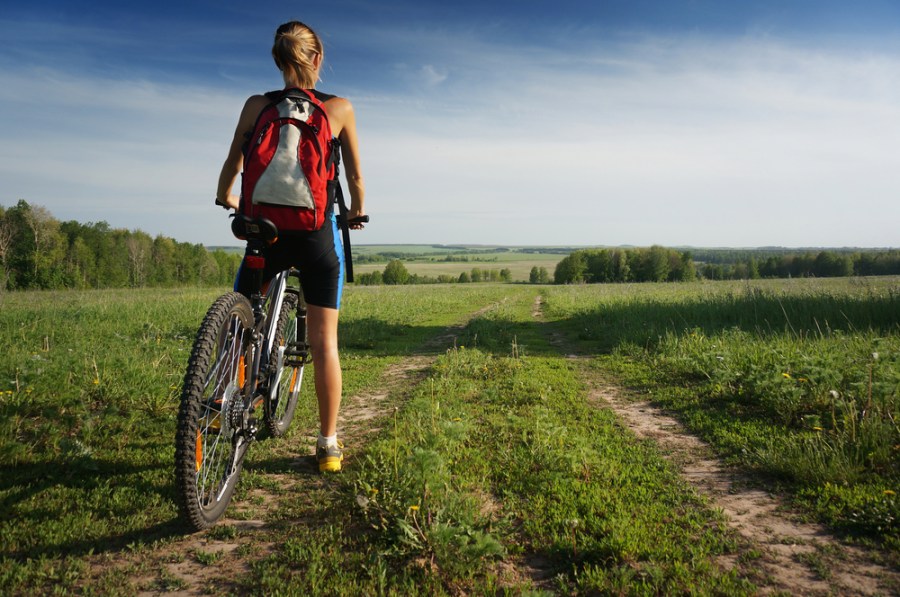There’s been a cycling boom since social distancing measures were introduced. A study by Transport for London during lockdown suggested that London would see a rise in daily bike trips from 700,000 to seven million afterwards.
If you want to get back into cycling, follow these tips from Michelle Njagi, Senior Physiotherapist at Bupa Health Clinics (bupa.co.uk/health) to avoid aches and pains and help you get the most from your two-wheeled workouts…
Go for a service
You don’t have to buy a brand-new bike to get into cycling, but if yours has been sitting in the shed for a while, it’s definitely worth getting it checked over by a qualified mechanic before your first ride. They’ll be able to spot any signs of damage on the tyres and frame that could cause the bike to malfunction.
Kit yourself out
Make sure you’ve got the basics to keep you safe – that means working lights, an inner tube, wearing breathable clothes and a helmet that fits you properly. Your helmet should be snug but not too tight.
Check the bike’s height
Ensure the bike is set up correctly for your height. Saddle height can have a big impact on pedalling efficiency and helps prevent injury. Make sure your saddle is at the right height with this simple test: sit on your bike with one foot on the pedal. If your saddle is at the right height, you should be able to point your foot to a vertical position (at 6 o’clock) with your knee fully straight but not locked.
Think about your posture
Your posture on the bike is important. If your back is in a slumped position, this may cause irritation so it’s important to focus on keeping a straight position by gently engaging your core. The height of your handlebars will also affect this so tweak them until you’re in a position where you can keep your back straight.








